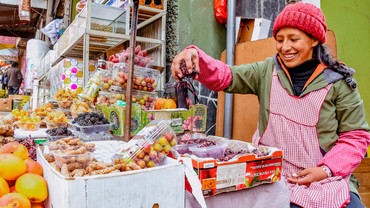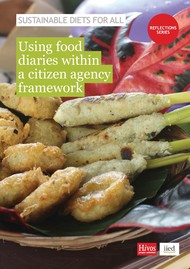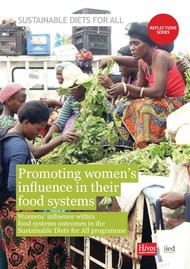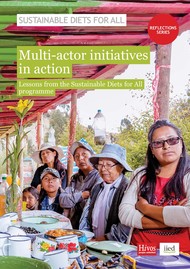Beyond maize: Exploring agricultural diversification in Zambia from different perspectives
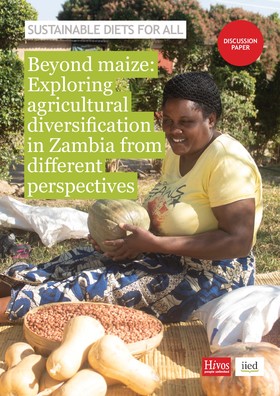
Despite the Zambian Government’s intention to diversify agriculture, the country is still heavily reliant on a narrow range of crops. Two-thirds of the total area under crop cultivation is devoted to maize. Consequently, the Zambian food system is not delivering enough affordable or nutritious foods for the majority of the population.
Diversifying agricultural production has the potential to increase the availability, affordability and accessibility of diverse and nutritious food, and is one of the major contributions the agricultural sector can make to food security and nutrition. In addition, diversification has positive impacts on income and creating more resilient communities.
This discussion paper explores the reasons for the lack of diversity from the perspectives of smallholder households, market actors and extension officers. The study clearly shows that diversifying agricultural production requires a holistic approach involving a range of stakeholders.
Zambia’s diversification agenda should be based on the priorities and requirements of farming households. To succeed it will require the collective efforts of key players, and a range of co-ordinated policy changes. Recommendations include convening a high-level policy process involving smallholders, consumers and civil society to bring about a sea change towards diversification; supporting market actors to pull towards more diverse agricultural production; stimulating demand for healthy and nutritious diets; and redirecting investments towards more diverse production and research and development that support agricultural diversification.
Cite this publication
Available at https://www.iied.org/g04422
